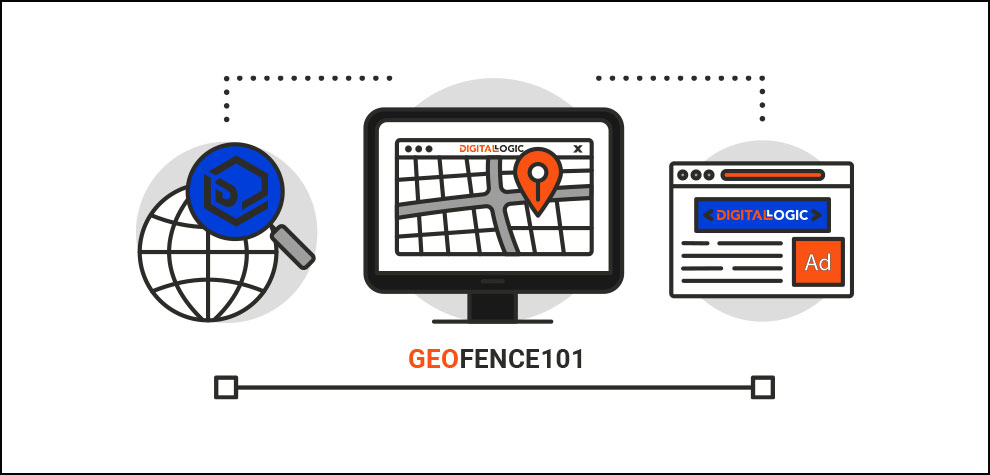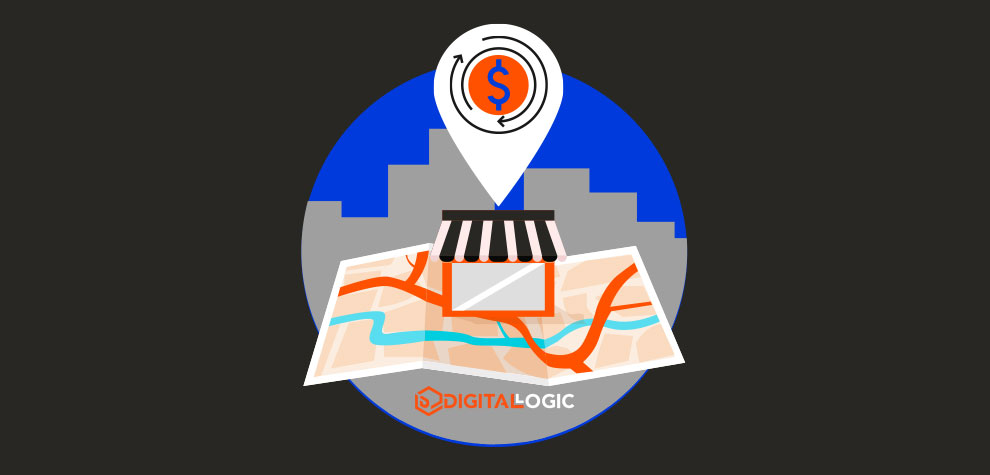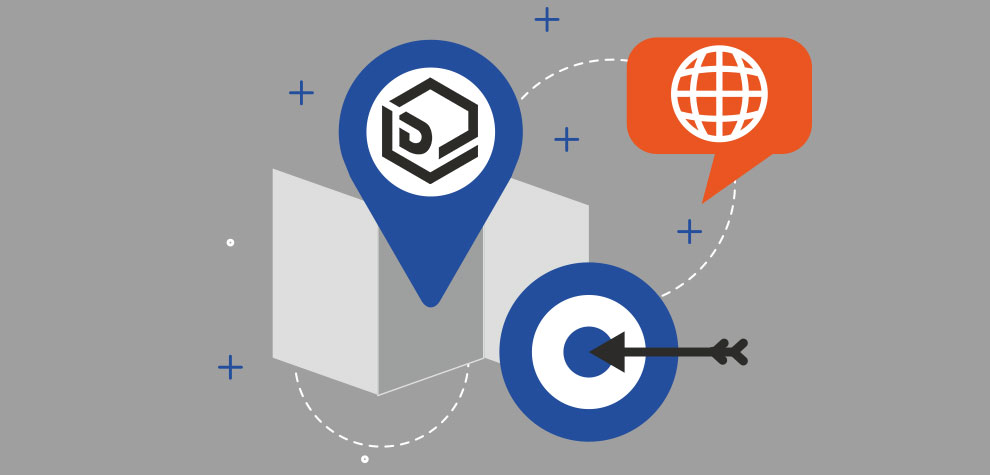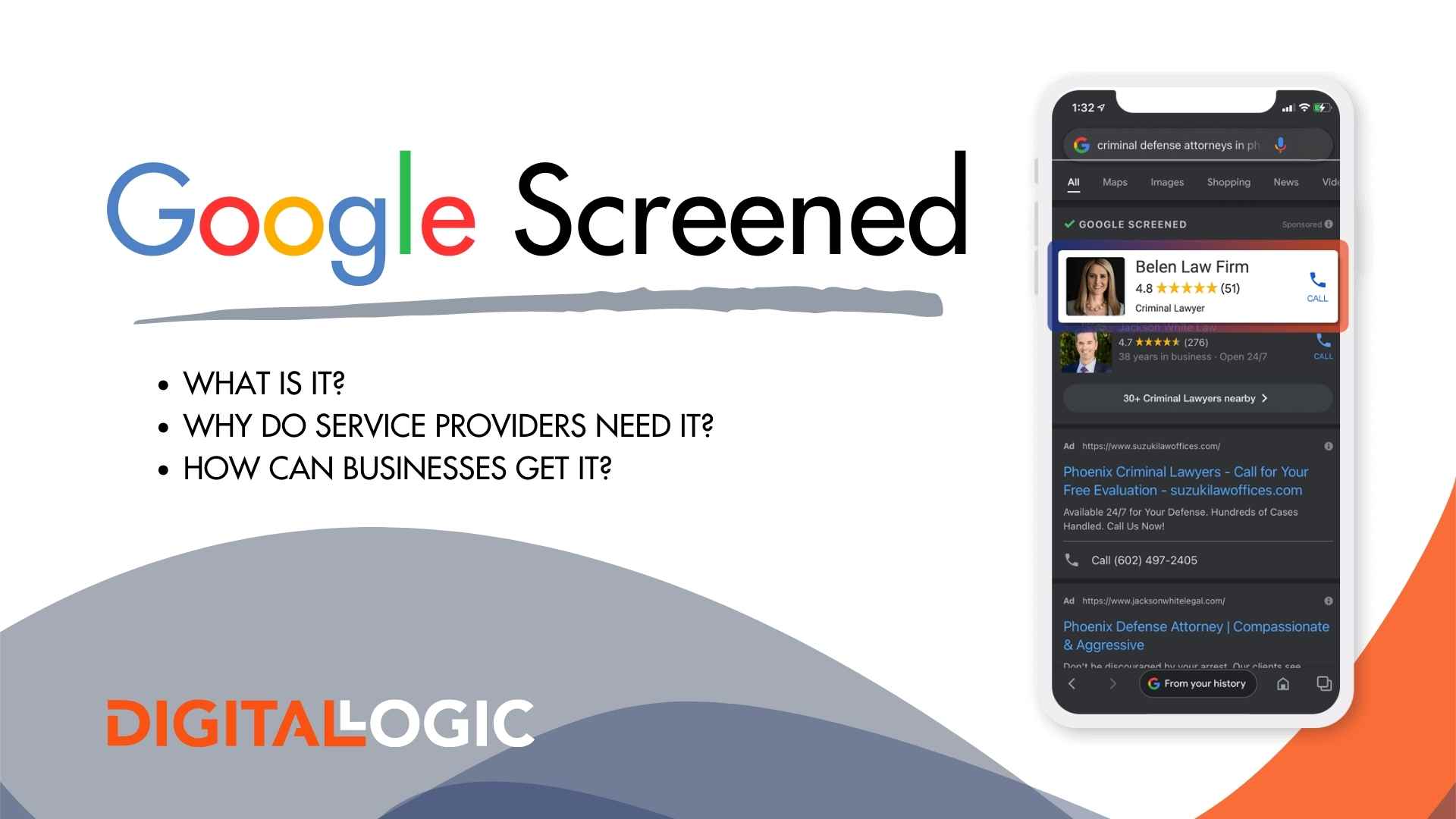Geofencing technology gives businesses the ability to target their most qualified audience via boundaries. When a potential customer steps into pre-set boundaries, they activate ads or notifications for the business. This entices the audience within that boundary to visit a brick-and-mortar location. Geofencing technology can be used with PPC ads, Facebook, and more! But how does geofencing marketing and advertising work? In this post, we’ll look at the world of geofencing technology and explain how you can use it for your business.
We provide more insight in this post: geofencing meaning.
Defining Geofencing
Table of Contents
ToggleGeofencing is location-based technology that involves creating a virtual boundary around physical locations. By utilizing GPS, Wi-Fi, cellular data, or radio frequency identification technology (RFID), businesses can trigger mobile alerts when users’ mobile device enters or exits a predefined geographical location. Geofencing enables marketers to invest in personalized interactions, such as transmitting targeted messages, displaying targeted ads, or providing location-specific content to nearby mobile users, fostering real-time engagement and tailored experiences based on the proximity to designated locations.
The Role of Location Based Marketing in Modern Marketing Strategies
The role of location-based marketing has significantly evolved in modern digital marketing strategies. It empowers businesses to deliver targeted messaging to connect with consumers in a highly personalized manner. By leveraging real-time location-based marketing data, marketers can deliver targeted text messages, offers, and experiences that align with the customer’s location.
Transmitting targeted messages not only enhances engagement but also drives conversions by reaching audiences when they are most receptive. Location-based marketing adds a dynamic layer to digital advertising campaigns. It enables brands to establish stronger connections and deliver value-driven interactions, setting a new standard for effective customer engagement in the digital age.

How Does Geofencing Technology Work?
To make use of geofencing, a user must first establish a virtual boundary around a specified location using GPS coordinates or RFID-enabled software. This could be as simple as a circle drawn in a 1 mile or a 1-kilometer radius around a specific location on Google Maps. This virtual geofence would then be able to trigger a response when an authorized device enters or exits that area, as specified by the targeting settings of an online marketing campaign or location service.Some modern software applications using geofencing technology even allow development using modern on-screen graphical interfaces (GUIs), so that more precise boundaries can be established by less sophisticated users. Geofences are most commonly defined within the code of a mobile application, mainly because users would need to first opt-in to app-specific location services for the geofence to work. A retailer might draw a geofence around its outlets to trigger mobile push alerts for customers who have downloaded the retailer’s mobile app and also opted-in to location services.
Defining Geofencing Boundaries
Creating Virtual Boundaries for Targeted Advertising
Creating virtual boundaries for targeted advertising is at the core of how geo targeting works. When implementing geofencing marketing, businesses establish digital perimeters around specific physical locations. Geofencing technology enables precise targeting, and by harnessing location data, geofencing maximizes the impact of advertising efforts by reaching potential customers in real-time contexts where they are most likely to respond.Setting Up Geofences: Parameters and Parameters
These parameters include setting the coordinates (latitude and longitude) that outline the perimeter of the geofence in the geofencing software. Additionally, business owners or marketers can establish proximity triggers that activate when a user’s mobile device comes into or leaves the defined area. By fine-tuning these parameters, geofencing technology ensures accurate and effective engagement, whether you are using cellular data and location data for delivering localized ads, for location access, asset management, fleet management, or to monitor employees.
Establishing Triggers and Mobile Push Notifications
Establishing triggers and mobile push notifications is a critical aspect of how geofencing works. Once a user’s mobile device enters or exits the real world geographic area, triggers are activated, prompting the delivery of a contextually relevant push notification to the user’s device.
These notifications can contain a tailored push notification, offer, warning message, or information based on their location.Real-Time Activation of Geofencing Triggers
As the device crosses the virtual boundaries of the geofence, triggers for mobile ads or monitoring employees are immediately activated. This prompts a series of pre-defined actions such as sending text messages, displaying ads, or initiating location-based services. This instantaneous response ensures that mobile users receive timely information.Delivering Proximity-Based In-App Notifications
Delivering proximity-based in-app notifications is a key feature of how geofencing works. When a mobile device enters a defined geographical location, businesses can deliver targeted messaging within their mobile apps.
Mobile Devices and Geofencing Technology
Geofencing relies on the capabilities of smartphones and mobile apps to determine consumers’ real-time locations using GPS, Wi-Fi, cellular data, or RFID technology. These devices constantly transmit their location data/spatial data, allowing businesses to establish boundaries and triggers around specific location data.
Interaction Between a Mobile Device and Geofencing Technology
The interaction between nearby mobile devices and geofencing technology forms the foundation of how geofencing works. Cellular devices equipped with GPS, Wi-Fi, or cell data capabilities, transmit location data to geofencing software.When you deploy geofencing, the geofencing software analyzes the device’s position in relation to predefined geographic boundaries, triggering actions like mobile push notifications or ads when the device enters or exits these zones.
Enabling Location Tracking for Dynamic Engagement
Enabling location tracking for dynamic engagement involves harnessing geofencing technology to monitor potential customers’ real-time movements. By utilizing location data from cell phones or similar devices, businesses can create a virtual boundary and trigger around a specified location. When a device crosses this boundary, the system activates relevant actions. Some may send in app notifications, while others simply monitor employees, assets, or fleets.
Real-Time Tracking
Real-time tracking is pivotal to how geofencing operates. By leveraging advanced technologies such as GPS, Wi-Fi, or cell phone data, businesses can continuously monitor the precise location of prospects’ mobile devices.
This up-to-the-minute mobile tracking enables the immediate detection of when a device with one of the relevant mobile apps enters or exits a predefined geofence area.Measuring Impact: Conversion Rates and Engagement Metrics
By analyzing consumer interactions within defined geofenced areas, businesses can assess the effectiveness of their targeted marketing action. Conversion rates provide valuable insights into the number of smartphone users that received a geofencing-triggered push notification and actually took a desired action, such as making a purchase or visiting a store. On the other hand, engagement metrics gauge the level of user interaction with an app notification, ad, or other delivered content. Harnessing important digital marketing metrics empowers businesses to refine their geofencing strategies and optimize their campaigns for maximum ROI.Collecting Data from Geofencing Marketing Strategy
Collecting location-based marketing data from geofencing marketing strategies is essential for understanding’ effectiveness and optimizing campaigns. The marketing tool generates valuable insights by tracking users’ movements and as well as their interactions within a defined virtual boundary. This data includes user behaviors, engagement rates, and conversion metrics. Business owners and marketers can then analyze these KPIs and metrics to refine their targeting, messaging, and overall digital marketing strategy. By harnessing these important insights, businesses can make more informed decisions, tailor their marketing approach, and continually enhance their geofencing marketing efforts to achieve better results and more meaningful customer interactions.Is Geofencing Accurate?
Geofencing is an extremely granular marketing approach that allows businesses to target customers based on their location in relation to that business. Typically, stores set up geofences around their particular business, events, or even conferences. This will vary depending on which audience the business wants to target. Geofencing is a very powerful way to engage consumers based on “hyper-local” location. You can do a lot to trigger immediate sales if set up correctly. Also, you can collect data to understand the mindset of different shoppers. Geofencing should be included in your marketing plan. Geofencing campaigns can be set up across many types of online advertising campaigns. This includes search engine advertising, display advertising, remarketing, online video advertising, and all social media campaigns.
Leveraging Geofencing for Location-Based Marketing
Geofencing is a perfect fit for those who may have a cause-and-effect situation that applies to their business.
For example, criminal defense attorneys often geofence local prisons, while personal injury attorneys will geofence local hospitals.
These are pretty generic examples, but what about those business owners who run regular businesses? Easy. With a little thought, our PPC experts can usually help you come up with fantastic areas to target.
Here are a few geo targeting examples:
- Those looking for orthopedic advertising services or chiropractor advertising services can target local sports fields, trampoline parks, and places where sports and back injuries are common.
- Our orthodontic marketing and dental marketing agency team oftentimes targets local elementary schools.
- Those looking for hospital promotion will often geofence around busy intersections where wrecks are known to occur. (Hey, if you can’t stop it, you might as well be there to help, right?)
The list goes on. There are almost always ways to incorporate geofencing marketing into your digital advertising strategy.
How Does Geofencing Target a Specific Audience?
Geofencing targets your most qualified audience by using location services and only displaying ads once he or she steps into the predetermined barrier. These advertisements can take on many forms, including an app notification, a text message, or paid web ads, like Google ads.
If a consumer downloads your mobile app, they’re more than likely already a customer or prospect. If you have a geofencing campaign, you can send these people ads when they’re close to your store. These ads can be anything from sale notifications to price checkers. Not every conversion has to be a monetary transaction. For some, having the ability to help themselves while in-store makes your store more appealing to them.
Integrating Geofencing Capabilities With Social Media Ads
Many business owners and marketers have discovered the benefits of geofencing as well associal media marketing importance for business. So, we’re confident in stating that integrating geofencing capabilities with social media ads is a strategic approach that enhances the impact of both marketing techniques.
Geofencing capabilities can be seamlessly incorporated into social media advertising services. This allows businesses to target users based on their real-time physical location. If you’re interested in implementing geofencing into your current social media campaigns, we provide additional information here: Facebook geo-targeting and geo snap.Benefits of Geofencing
The benefits of geofencing are both multifaceted and impactful for modern marketing and advertising strategies. Geofencing enables marketers and businesses to deliver highly targeted and contextually relevant content to smartphone users based on location-based marketing data. This approach is not only great for driving local foot traffic and enhancing engagement but also increases the likelihood of conversions by reaching prospects when they are most receptive. Geofencing empowers businesses to tailor their campaigns to specific regions, events, or demographics. And as stated, this leads to higher engagement rates, improved conversions, and a more efficient allocation of your marketing budget. Ultimately, geofencing advertising sets a new standard for precision and effectiveness in modern ads strategies.





